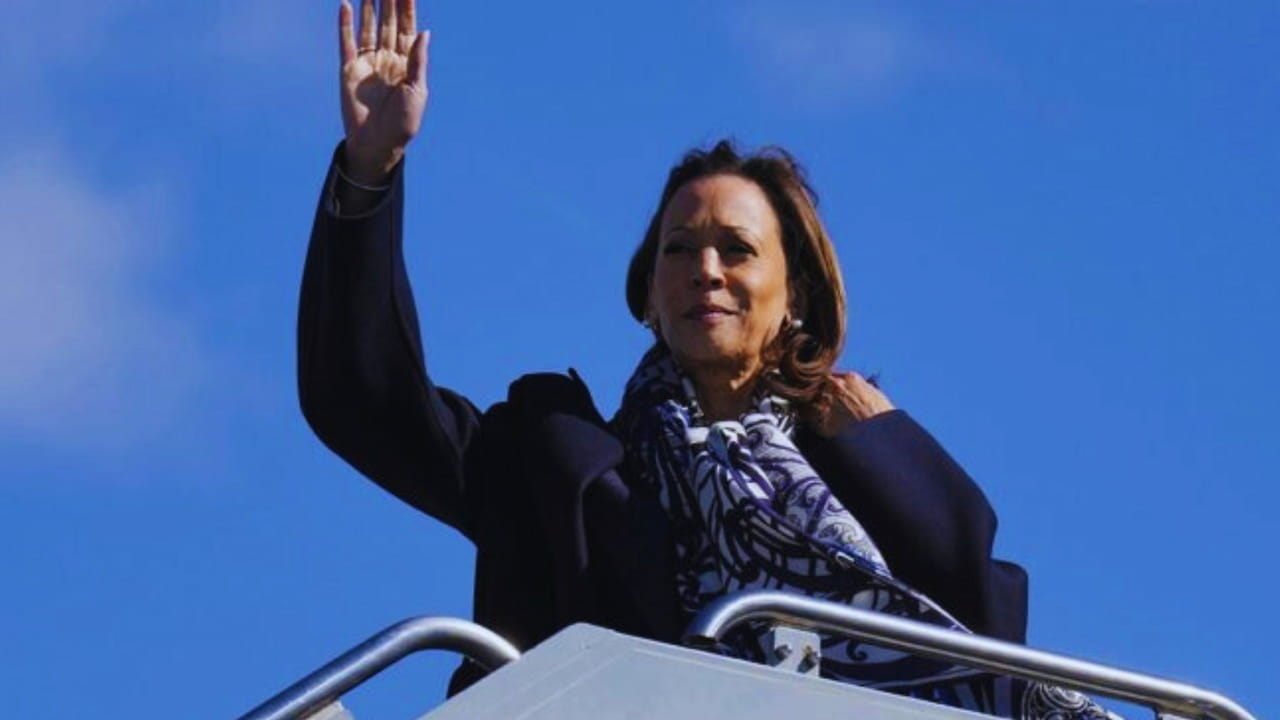Silent Campaign: VP Harris’s 92-Day Press Conference Drought Raises Eyebrows
In a surprising turn of events, Vice President Kamala Harris has now gone 92 days without holding a formal press conference since becoming the Democratic nominee for president. This extended silence has sparked debate among political analysts and voters alike.
Harris’s team has taken a different approach to media engagement. Instead of traditional press conferences, the VP has been making targeted appearances. She recently broke her Fox News silence, sitting down with chief political anchor Bret Baier in Pennsylvania. Baier himself described the interview as “a little tense,” signaling a shift in Harris’s media strategy.
The VP has also been busy with other media engagements. She’s done radio interviews, chatted with a Philadelphia TV station, and made friendly appearances on shows like “The View” and “The Late Show with Stephen Colbert.” However, these controlled environments are significantly different from the unpredictable nature of a full press conference.
In contrast, former President Trump has held six news conferences since early August. He even squeezed one in after meeting Georgia Governor Brian Kemp about hurricane relief.
President Biden, too, hasn’t shied away from the press, holding a conference in the White House briefing room this month. During this appearance, Biden even joked about jumping back into the 2024 race.
Some critics argue that Harris’s avoidance of press conferences is a deliberate strategy. Jorge Bonilla, a conservative radio host, believes the media has enabled what he calls a “plexiglass basement” approach. This tactic, he says, allows Harris to seem accessible while actually remaining shielded from tough questions.
Harris’s team defends her approach, pointing to her increased media presence in recent weeks. They argue that she’s connecting with voters through various channels, even if not through traditional press conferences.
The VP’s recent video message to the Al Smith dinner offers a glimpse into her campaign messaging. She spoke about her upbringing, saying, “I grew up in a neighborhood of folks who were very proud of their lawn.”
Harris went on to discuss her vision of an “opportunity economy,” emphasizing the importance of investing in people’s ambitions and work ethic.
But questions remain about when, or if, Harris will face the press in a more open format. Some political observers argue that press conferences are a crucial part of the democratic process, allowing for unscripted exchanges and tough questions.
As the campaign heats up, all eyes will be on Harris to see if she breaks her press conference drought. Will she stick to her current strategy of controlled media appearances, or will she eventually step up to the podium for a full-fledged press conference? Only time will tell.
For now, Harris’s limited media engagements leave voters and journalists alike to piece together her stance on key issues. As the election draws closer, the pressure may mount for the VP to face the press head-on.
In the meantime, the Harris campaign continues to navigate this unconventional media strategy. They’re betting that targeted appearances and carefully crafted messages will be enough to win over voters. However, this approach may pose risks in a political landscape that increasingly values transparency.
As we move deeper into election season, the contrast between Harris’s media strategy and those of her political rivals will likely become even more pronounced. Will her “silent campaign” pay off, or will voters demand more direct engagement? The answer to this question could play a significant role in shaping the outcome of the 2024 presidential race.
